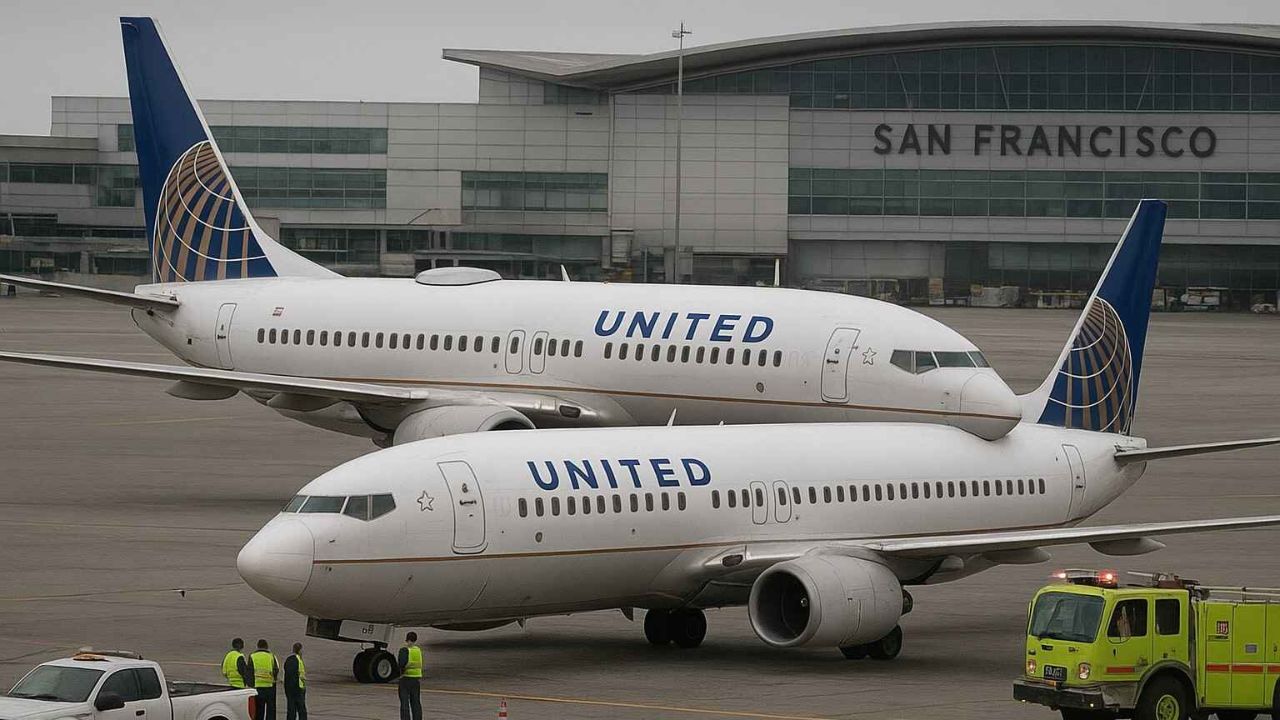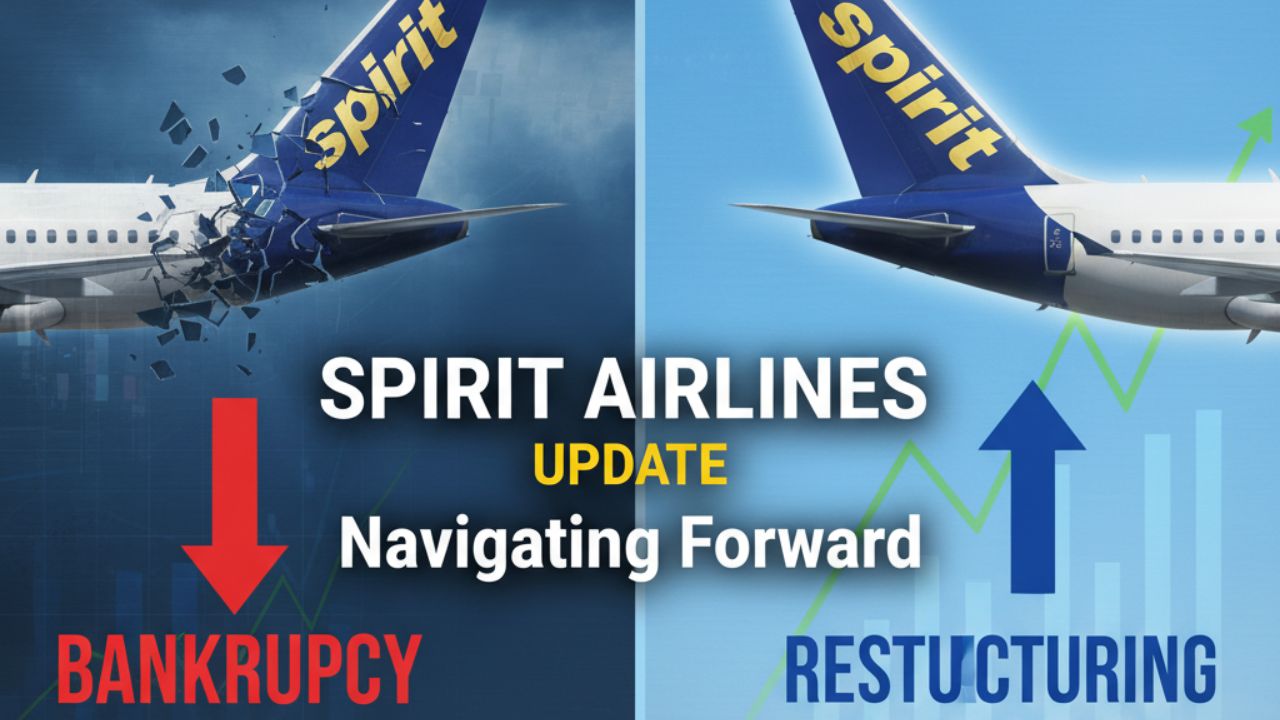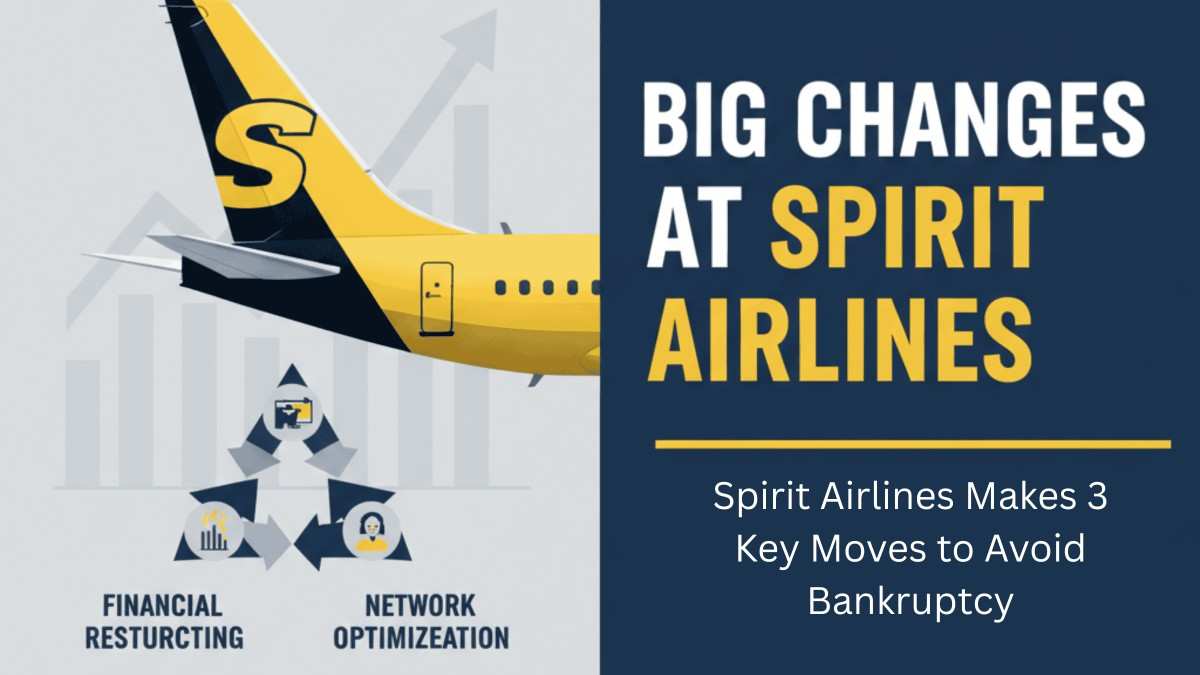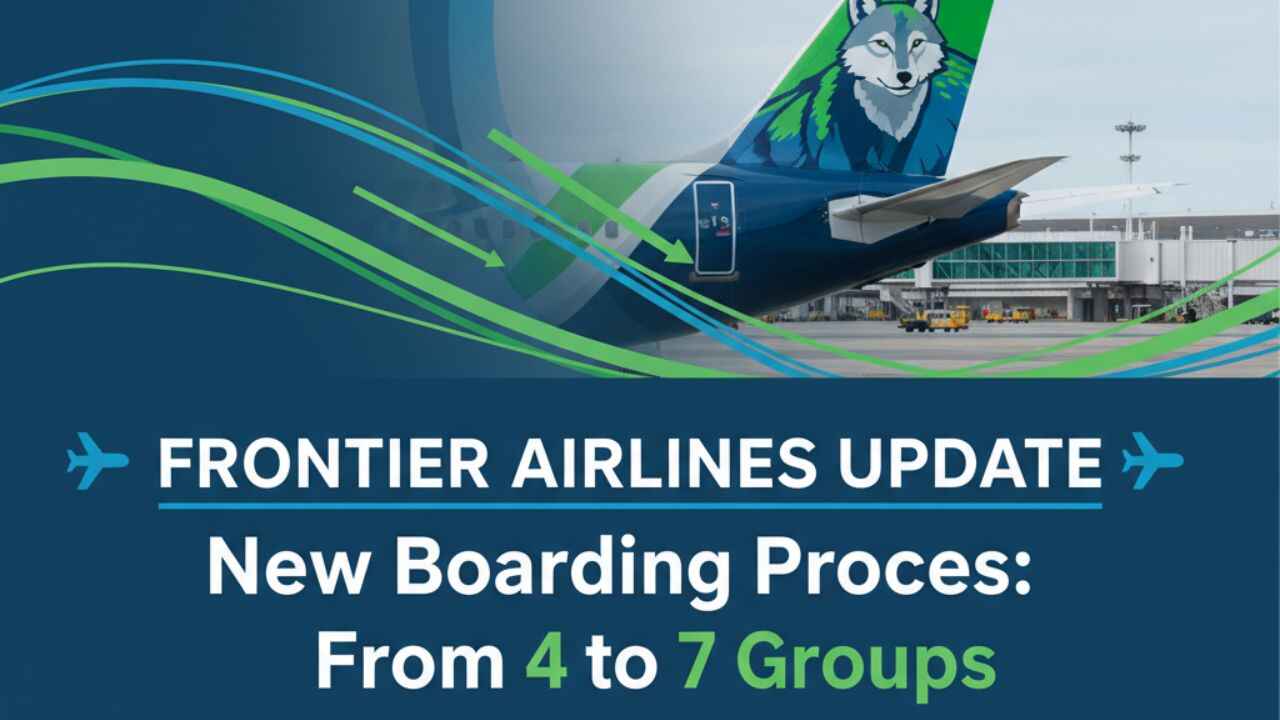
San Francisco, Sept. 1, 2025—It had been a busy Monday evening at San Francisco International Airport (SFO) with two United aircraft sharing an unprecedented moment of contact. All the passengers went into shock for a few seconds, but there were no injuries. Although the incident was very minor, it still flew straight into a federal investigation window and raised concerns about how crowded airports manage their ground traffic.
The Incident
At approximately 9:10 p.m., United Airlines flight, which was destined to Boston, was in the loading phase with passengers onboard, and a few yards away, there was the Boeing 737 of flight 1871, which was traveling to the gate after arrival.
The wing of Flight 1871 hit the tail of Flight 796 without any warning. Even if mild, a sudden jolt was felt by everyone inside. Quietness ruled inside the cabin for a few moments as passengers exchanged nervous glances.
Only when the captain addressed the cabin did the realization hit everyone regarding the magnitude of the accident.
“Ladies and gentlemen, another aircraft has made contact with our tail section. We’ll remain here while crews assess the situation. Please remain calm.”
Inside the Cabins
Passengers later described the atmosphere as a mix of confusion and disbelief. One traveler in row 22 of Flight 796 recalled:
“I thought a baggage cart had hit us. Then someone whispered, ‘It was another plane.’ That’s when you could hear people gasp.”
On Flight 1871, the sensation was different — a subtle bump as the aircraft rolled slowly forward. A passenger seated by the wing told reporters:
“It was so strange. You’re not expecting contact with anything when you’re already on the ground. Then, the announcement came, and people just froze for a second.”
Swift Action by United Airlines
Within minutes of getting this aviation news, ground crews arrived to inspect the damage. A burning plastic smell near Flight 796’s tail prompted the decision to deboard immediately. The flight attendants then helped all 164 passengers deboard the plane in an orderly manner.
At about 9:45, United arranged a replacement aircraft to transport the passengers to Boston, allowing the same evening arrival. A statement was made by the airline that further reads:
"All passengers and crew are safe. Safety is our utmost priority at all times, and we are assisting the investigators fully."
A Temporary Shock to Airport Operations
Being an international hub for domestic and transpacific routes, San Francisco International Airport halted operations briefly on the affected taxiway. The other flights were operated with minor delays, which again put a test to the airport's resilience.
In the report ABC-7, San Francisco has stated that the side of the tail section of the parked flight has been damaged. Both aircraft have since been withdrawn from service in order to be repaired and inspected further.
FAA Investigation Launch
The Federal Aviation Administration (FAA) has started its investigation to ensure the security and to determine the cause of the SFO plane collision. Key factors under review include:
- Pilot-to-tower communication logs.
- Ground traffic routing at the time.
- Whether lighting or signage played a role.
With skies clear that night, weather was quickly ruled out as a factor. Airline safety consultant Karen Michaels told reporters:
“These incidents usually boil down to human miscommunication or misjudgment in tight spaces. Airports like SFO juggle constant movements, so precision is everything.”
How Common Are Ground Collisions?
While the San Francisco airport incident has utterly traumatized passengers, these collisions on runways and taxiways are rare but not completely unheard of. The FAA authorities believe that the U.S. records a handful of minor aircraft ground strikes every year, mostly without fatalities.
Past examples include:
- 2018: Two United Airlines planes crashed while moving at Phoenix.
- 2022: A Delta aircraft struck an American Airlines plane while taxiing at JFK.
- 2023: An Air France jet brushed a smaller aircraft in Paris, halting flights for hours.
What sets the September 1 United collision apart is the speed with which passengers were rebooked and operations stabilized.
Eyewitness Voices
The human element made the night unforgettable for those on board.
- “When the captain explained what happened, my heart dropped. But the crew was so calm, it helped all of us,” said one Boston-bound passenger.
- “My first thought was — are we safe? Then I realized, this is exactly why safety protocols exist,” added another.
Several travelers praised United for quick communication and efficient rebooking, contrasting the response with other airlines’ slower handling of past incidents.
Costly Repairs, but Safety First
The financial impact for United could be significant. Repairing a damaged wing of a Boeing 737 or the tail section of a long-haul jet could run into millions and last for weeks. However, aviation experts pointed out that airlines made provisions for such eventualities on an almost routine basis.
“Planes can be fixed, lives cannot,” said analyst Mark Dalton. “The real success here is that people walked away unharmed.”
Why This Matters
The incident has sparked broader questions about airport congestion and safety at major hubs. San Francisco International handles hundreds of daily flights, and its runways are often described as “tight quarters.” Saying that infrastructure will need investment to avoid future accidents, aviation bodies argue that things have gone into a boom in travel.
The FAA, of course, has not yet confirmed any impending safety measures, but industry insiders believe that recommendations regarding ground operations will be made once the investigation has wrapped up.
Back to Normal
By the end of the day, everyone had almost forgotten the collision. Travelers filtered into new flights, airport crews cleared the runway, and planes once again filled the night sky.
For many passengers, the incident will become just another travel story to tell — an unusual reminder of how much precision goes into keeping millions of flights safe each year.
One passenger summed it up on social media:
“Our plane got hit at SFO. Scary at first, but everyone’s fine. Hats off to the crew. Got to Boston a little late, but safe — and that’s what counts.”
Conclusion
In the morning of September 1, 2025, two United Airlines planes had a tarmac collision SFO
At San Francisco International Airport. Though the damage was genuine, the optimistic end to the whole mess --- there had been no half-hour of injuries, a lightning-fast response from all concerned parties, and some lessons learned for the future.
For passengers, it was a night of shock and relief. For the aviation industry, it’s another case study in why strict safety measures — and quick human judgment — matter most.
Because in the end, the story wasn’t about United Airlines' news of two planes colliding. It was about hundreds of travelers walking away safely, with only a delay and a memory of a bump in the night.





